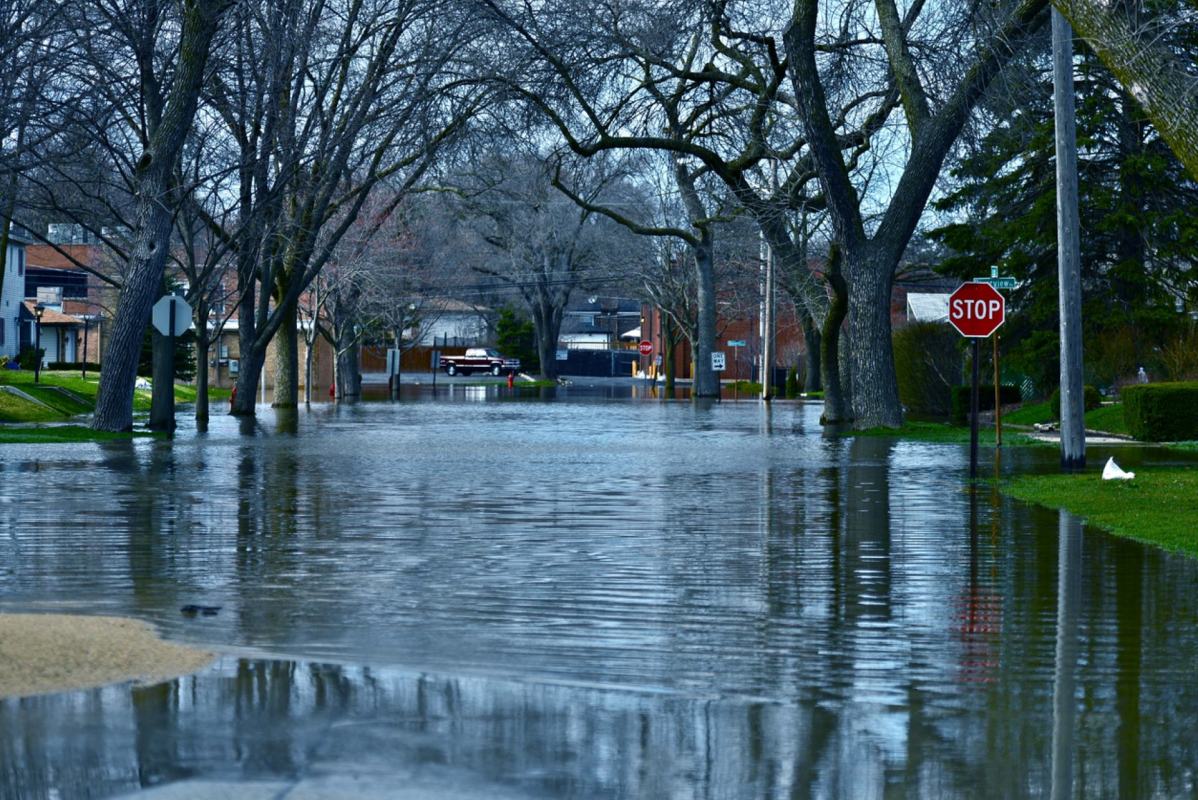The United States is seeing a troubling number of "climate migrants" moving within the country to escape growing environmental threats due to our changing climate.
What's happening?
Between 2000 and 2022, around 3.2 million Americans in "climate abandonment areas" moved or were displaced specifically as a result of rising flood risks, the First Street Foundation reported. At the same time, these same high-risk coastal areas like Texas and Florida are nonetheless seeing spikes in population growth due to pre-existing infrastructure and job availabilities.
"The downstream implications of this are massive and impact property values, neighborhood composition, and commercial viability both positively and negatively," Jeremy Porter, head of climate implications research at the First Street Foundation, said.
Why is climate migration important?
As the report explained, population growth is expected to continue where the job markets and local economies are still desirable in areas such as Texas, Florida, and the Mid-Atlanic region, including Washington, D.C., and New Jersey.
A recent study by the University of Georgia found an estimated 13 million U.S. coastal residents are expected to be displaced by the year 2100.
Put all of it together, and there are plenty of pros and cons for climate migrants to weigh in finding a suitable place to live. But this could lead to further problems down the line if new homes and businesses aren't located more safely or built better to withstand floods.
This is especially true as more and more insurance companies are declining to issue new home insurance policies in high-risk flood areas.
"In many coastal cities, we see that the draw, or 'pull,' of the amenities and economic opportunity in the region is stronger than the 'push' from flood risks," Porter noted.
What's being done about climate migration?
In June 2023, the U.S. Department of State announced a new strategy to address climate-induced migration by focusing on protecting vulnerable migrants, increasing collaboration with humanitarian partners, boosting international diplomacy, and improving coordination among government agencies.
While flooding can and will happen no matter what, we can also take steps to offset and counteract the causes behind the warming of our planet, since hotter air holds on to more moisture and causes more unpredictable weather, and warmer water has been found to supercharge hurricane formation.
The TCD Guide features many ways someone can make a difference, and one of the best places to start is educating yourself and getting more involved in climate issues.
Join our free newsletter for easy tips to save more, waste less, and help yourself while helping the planet.









